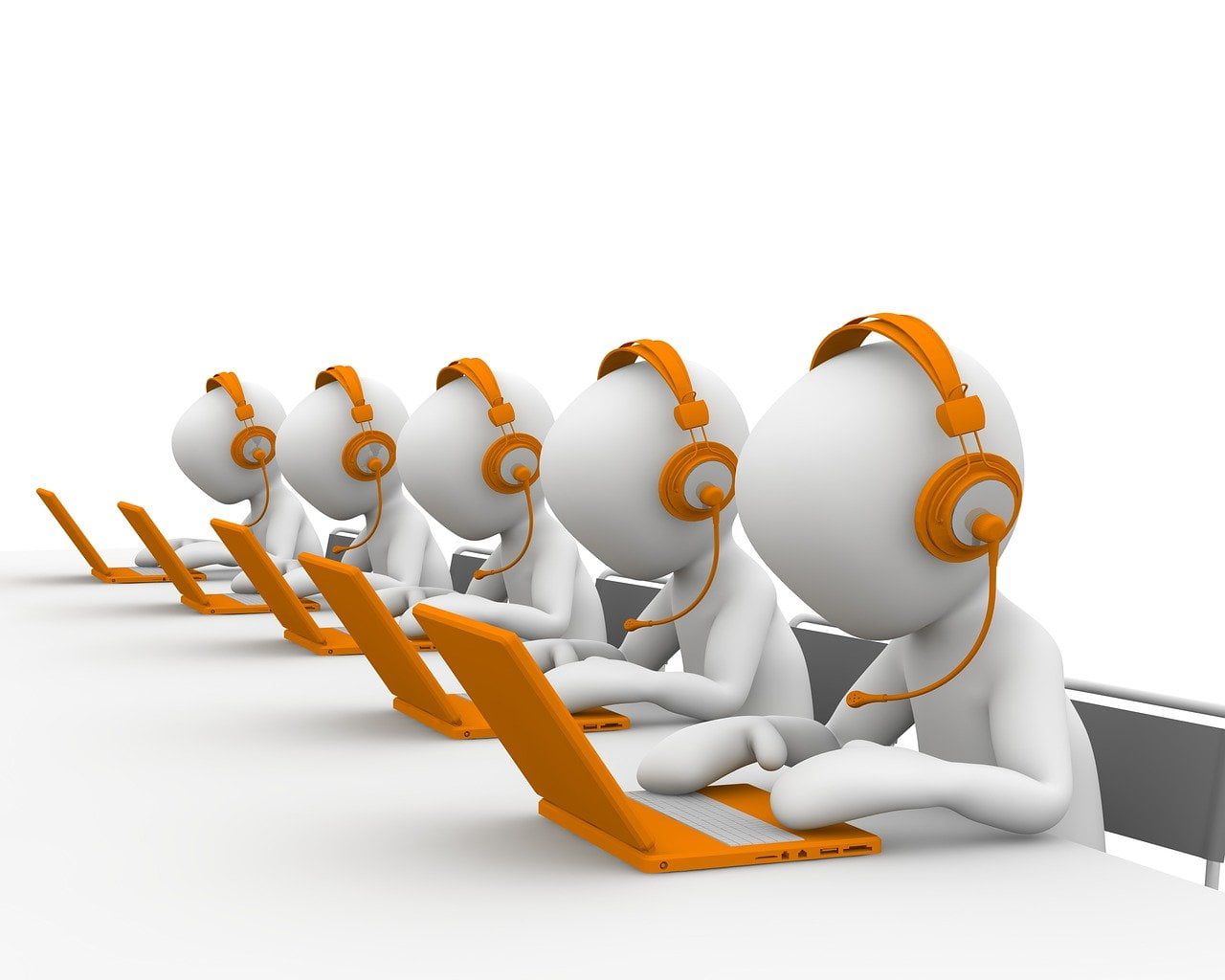If there is one lesson that we have all learned during the coronavirus outbreak, it’s that our Medical services should never be taken for granted. Frontline workers have been a real show of commitment and hard work during the Covid-19 pandemic, and the scale at which they operate has been seen by all—and some for the first time.
Medical services in the United States vary from paramedic responses to surgeons and operating rooms to medications and pharmaceutical companies to general practice and cosmetic services to 911 operators, live chat agents and plastic surgery care. Medical services are currently the biggest employer in the U.S. according to a recent census and certainly the most varied.
So, in order to see a different industry, such as communications, being integrated into the medical services shouldn’t be a huge surprise. Here are a few ways that modern call centers benefit the healthcare industry.
Outbound Call Centers

Usually, when we consider the association between phone calls and the medical profession, there’s usually only one direction that is thought of. Whether it’s a 911 call or a call to the general practitioner, generally, the specific needs of a call are from a patient requiring a service.
However, an outbound call center almost flies in the face of that expectation, and yet is completely necessary. With more types of services available from the medical sector, there is plenty of room for expansion. In much of the same way that the retail industry thrives on customer experience feedback, the same can be said for healthcare workers and if the medical facilities have fulfilled their intended function.
The approaches to an outbound call operation are usually handled by an outsourced company, or uses a specific outbound call center software like that which is offered by Bright Pattern. The systems do far more than make outbound calls. They collect data in real-time for the purposes of analytics as well as promote efficiency in contacting people with predictive dialing since it takes less time. They also help by keeping an eye on agent performance, helping to ensure that the perfect solution is reached and that the right agent is able to follow up ongoing queries.
The Purpose of Calls

Generally speaking, the calls that are made on behalf of medical services can really be about anything, but the purpose of the change to telephony is more of a necessity. Simply put, due to the Covid-19 pandemic, the general population has been discouraged from visiting surgeries and practices in person unless absolutely necessary. As a result, appointments for non-invasive procedures, cosmetic medical services, and check-ups will have either been canceled or have been taken to a different medium.
As the response to Covid-19 is often reviewed, any appointments that were delayed and pushed back are likely to be rescheduled further. Rather than informing them of this after a patient has reached their practice—thus putting themselves and others at risk—the original purpose of outbound calls would have been the best option to communicate the new schedule.
Potential for the Future
As the restrictions have grown, telehealth—a concept whereby health care was administered via telecommunication—has become more prominent as a better way to deliver health care without face-to-face interaction. The technology required for health care providers to speak to their patients is actually very similar to that of the outbound call operations.
Telehealth services are being recommended by the CDC as the primary form of health care during the pandemic, but there is much speculation that it will continue for some time afterward as well. If this is to be the case, then outbound call center software might be common in all health care practices.






